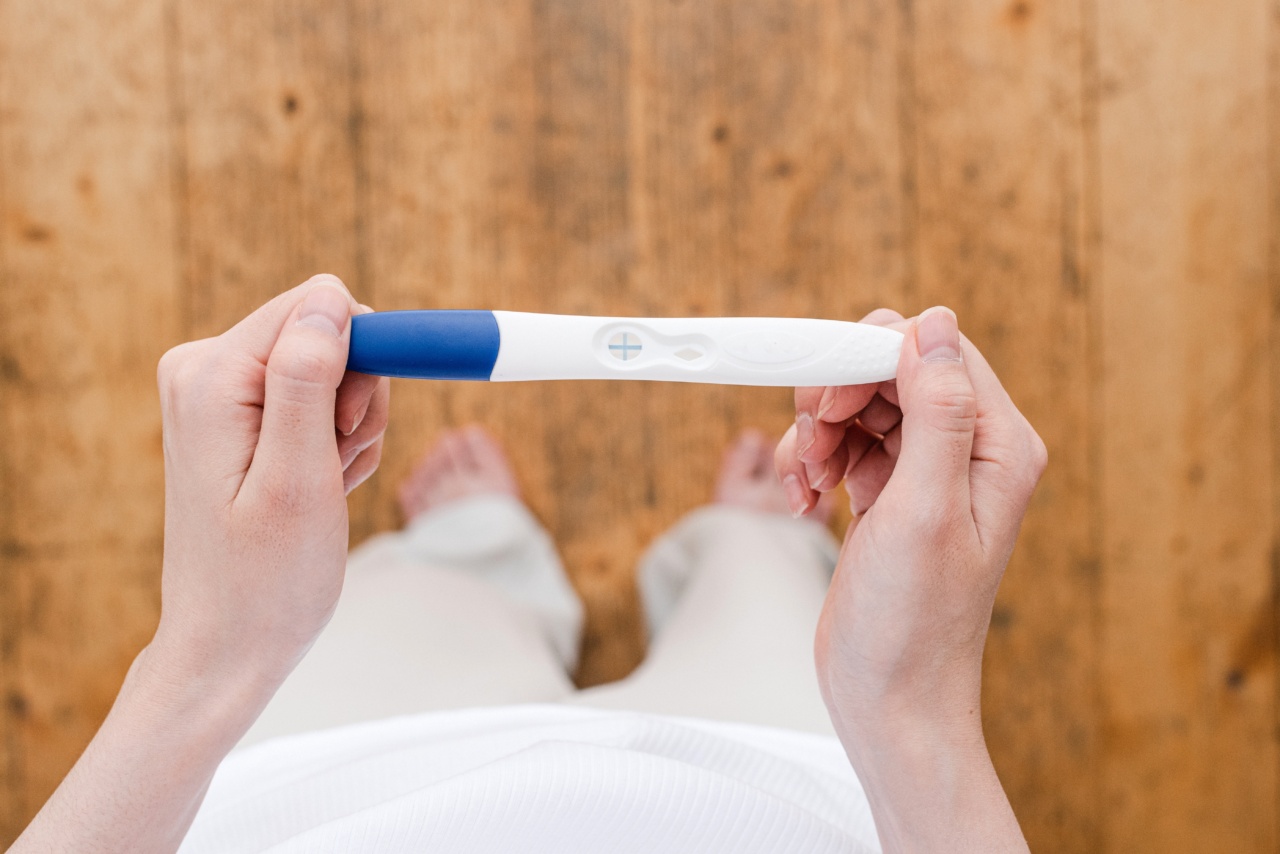Prenatal care is an essential aspect of pregnancy. It involves various tests that help monitor the health of the mother and the baby. One of the most important advancements in prenatal care is non-invasive prenatal testing (NIPT).
It is a safe and effective way to detect potential risks and abnormalities in the baby’s health without posing any risk to the mother and the baby.
What is Non-Invasive Prenatal Testing (NIPT)?
NIPT is a prenatal test that involves a simple blood draw from the mother. It examines the fetal DNA present in the mother’s bloodstream to collect information about the baby’s health.
This helps to detect any genetic or chromosomal abnormalities that may cause complications in the pregnancy. The test can be conducted as early as 10 weeks of pregnancy.
The Benefits of Non-Invasive Prenatal Testing
NIPT offers several benefits over traditional prenatal testing methods. Firstly, the test is non-invasive, which means that it does not involve any invasive procedures such as amniocentesis or chorionic villus sampling (CVS).
These procedures carry a small risk of miscarriage and other complications. Additionally, NIPT is highly accurate in detecting potential risks such as Down Syndrome and other chromosomal abnormalities.
The Advantages of Non-Invasive Prenatal Testing for the Mother and the Baby
NIPT offers many advantages for the mother and the baby. Firstly, it helps to detect potential risks early in the pregnancy. This allows for timely intervention and treatment, which can reduce the risk of complications during the pregnancy and delivery.
Additionally, NIPT offers peace of mind for parents-to-be. Knowing that the baby is healthy can reduce anxiety and stress during the pregnancy. It also allows parents to prepare for any potential challenges that may arise before or after the baby is born.
Detecting Genetic Abnormalities with Non-Invasive Prenatal Testing
NIPT can detect many genetic abnormalities that may affect the baby’s health. For example, the test can detect Down Syndrome, which is caused by an extra chromosome 21.
Other chromosomal abnormalities that can be detected with NIPT include trisomy 13 and 18. Additionally, NIPT can detect sex chromosome abnormalities such as Turner syndrome and Klinefelter syndrome.
The Accuracy of Non-Invasive Prenatal Testing
NIPT is highly accurate in detecting potential risks and abnormalities. However, it is important to note that the test is not 100% accurate. There is a small risk of false-positive or false-negative results.
Therefore, it is recommended to confirm any positive test results with additional testing such as amniocentesis or CVS.
Non-Invasive Prenatal Testing vs. Traditional Prenatal Testing
Traditional prenatal testing involves various methods such as ultrasounds and blood tests. These tests can provide valuable information about the baby’s health and development. However, they may not be as accurate or comprehensive as NIPT.
Additionally, some traditional prenatal testing methods may carry a small risk of miscarriage or other complications. Therefore, NIPT is often considered a safer and more reliable option for detecting potential risks and abnormalities in the baby’s health.
Is Non-Invasive Prenatal Testing Safe?
NIPT is a safe and non-invasive testing method. It does not involve any invasive procedures or pose any risk to the mother or the baby. However, it is important to note that the test is not 100% accurate.
Therefore, it is recommended to confirm any positive results with additional testing.
Conclusion
Non-invasive prenatal testing is an important advancement in prenatal care. It offers many benefits and detects potential risks for the mother and the baby. It is a safe and effective way to monitor the health of the pregnancy.
If you are pregnant or planning to become pregnant, consider discussing NIPT with your healthcare provider to ensure a healthy pregnancy.




























